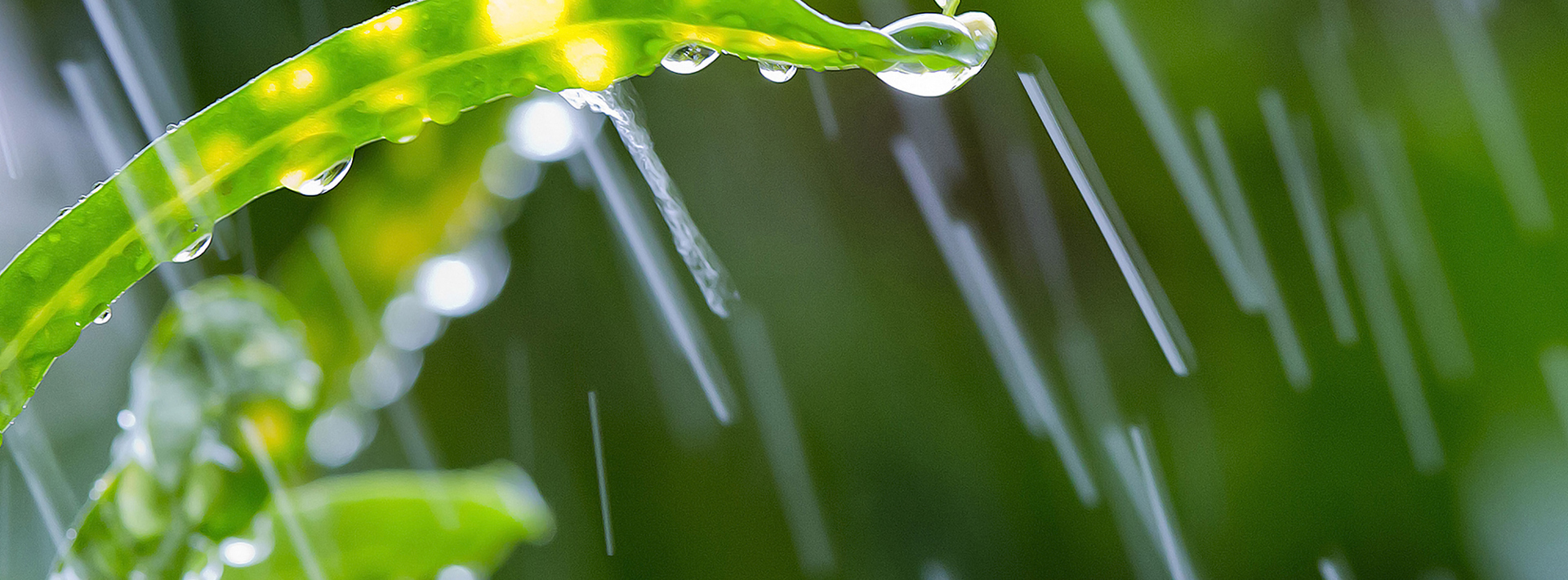Blog
In Britain, the subject of the weather is never far from our minds, and rainy days take top spot for all complaints. It’s been a relatively wet summer and the rain shows no sign of abating but, as a gardener and a nature lover, there is one great way to put a positive spin on the wet weather – create a rain garden.
What is a rain garden?
Put simply, a rain garden is a shallow hole or depression that acts as a temporary receptacle for rainwater runoff, saving it from entering the drains and flowing straight out to sea, particularly in urban, built-up areas. It’s a sustainable drainage system that can prove invaluable during flash flooding, but it’s also an attractive garden feature.
When you look around your outdoor space, you can probably see plenty of water-collection methods. There will be gutters along your home’s roof, downpipes and channels filtering water towards drains, and some water will have collected naturally in grooves and crevices. These systems, intentional or not, are collecting water that you can save and use in your rain garden. When the rain is particularly heavy, it creates the ideal conditions for you to step in and retain that excess water.
Environmental benefits
Rain gardens are excellent news for the health of the environment. As well as countering the risk of localised flooding by creating an extra outlet for excess water, they go some of the way to reducing water pollution. They do this by acting like mini filtering systems, taking in the water with its pollutants, absorbing it and releasing it freshly cleansed. And, because rain gardens can stop up to 90% of water from exiting, they also have an impact on reducing water erosion. Of course, the more people who create rain gardens, the more their impact will be felt.
Encourage nature
Wildlife will also benefit from the introduction of rain gardens, which create similar conditions and habitats to those of a garden pond. Your rain garden could be a haven for newts, frogs and toads who require only a small body of water in which to live and reproduce. Dragonflies, pond skaters and other interesting insects may choose to pay a visit too. All that insect life will also attract birds – look out for swooping house martins and swallows skimming the surface of your rain garden after a heavy shower.
Rain gardens should be planted with carefully chosen plants that are both suitable to the soil in your area and that can cope despite occasional flooding. Introducing a rain garden to your outdoor space will add an extra dimension of visual interest, and as well as turning dreary weather to your advantage, you will simultaneously be doing your bit for the natural world.










